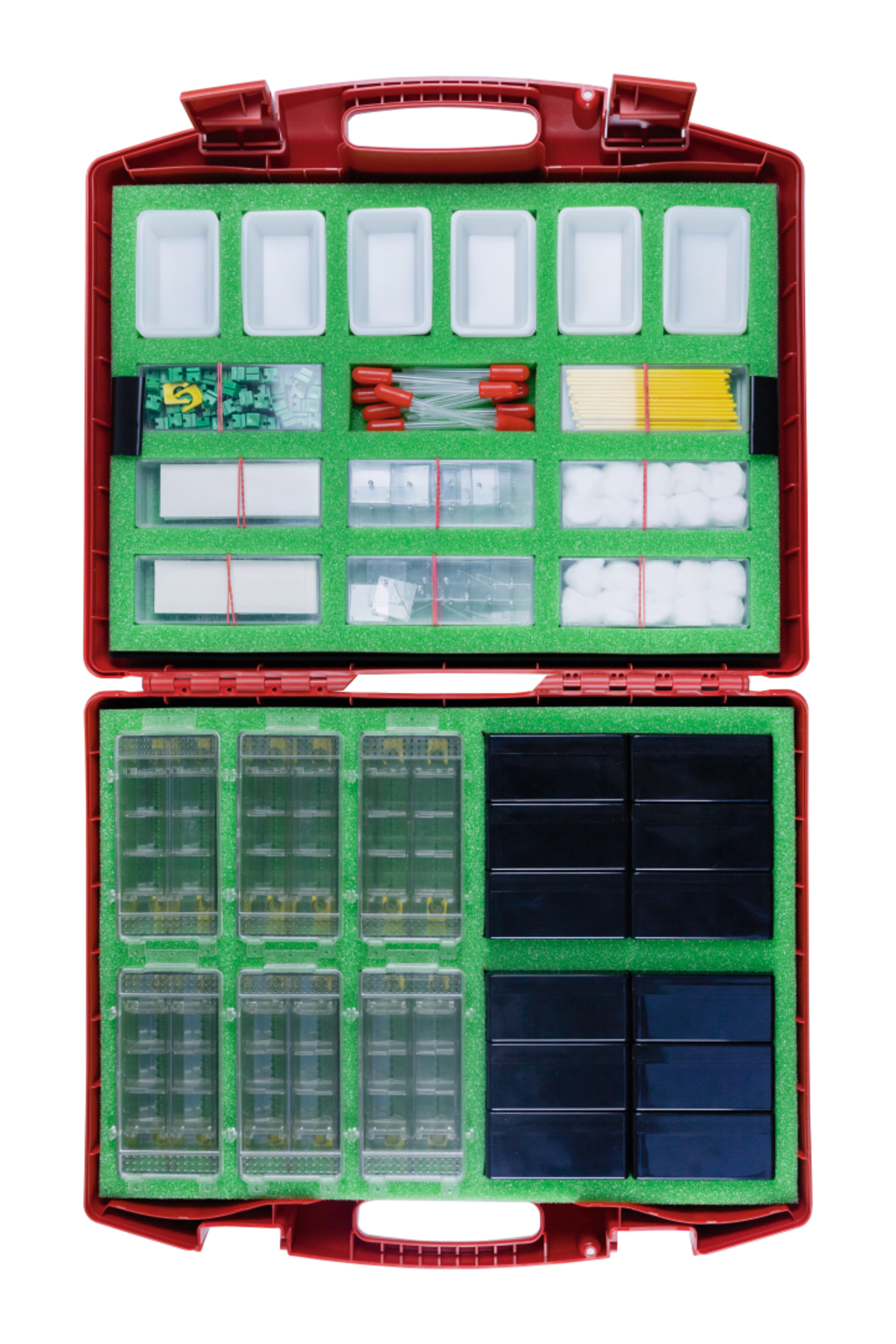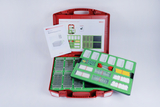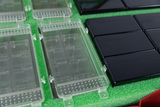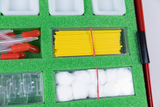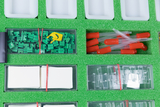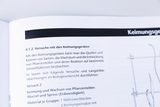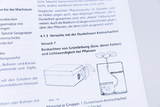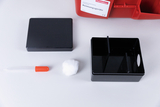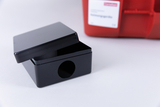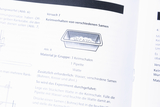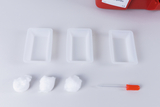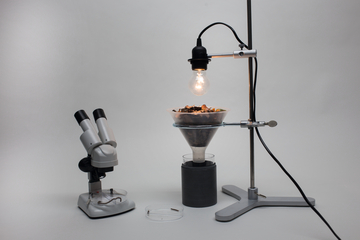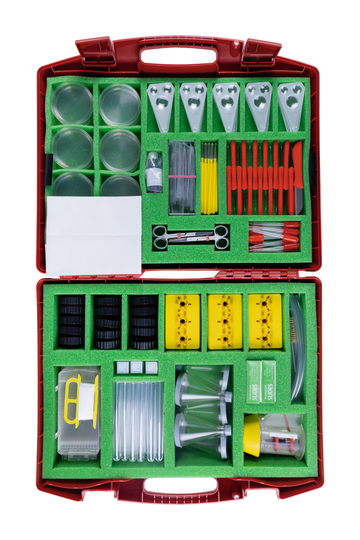Students kit Germination-Units
Topic Botany
- Germination of seeds
- Growth of plant roots stems and leaves.
- Reaction of plants to light and contact stimuli
- Winding and climbing of plants
-
Development of plants from the flower
to the fruit - Importance of growth factors for plants such as soil, light, warmth, air, water, water pollution
- Phototropism of leaves and stems
- Geotropism of sprouts and roots
- Swelling force of seeds
- Transpiration of plants
- Assimilation of plants
Topic Zoology
With the transparent air permeable lid the multi-purpose container is well suited for use as small aquarium or terrarium for a short term captivity and observation of small animals (small fishes, beetles, worms).
By observing small animals students become acquainted with their habits (movements, breathing, eating and behaviour).
Age 8-16
Materials for 12 work groups (for 24 children)
Technical specifications
Size of kit: 540 x 450 x 150 mm
With the germination dishes, simple germinating experiments with different seeds and under different conditions can be carried out.
With the germination units, the water absorption or swelling and germination of seeds, growth and development of plant parts and their reactions to specific environmental factors can be observed.
The students discover that the roots force their way through the slits on the bottom of each cell and grow in a downward direction (positive geotropism) and that pea stems and leaves and the stalks of cereals grow in an upward direction (negative geotropism).
Experiments to determine the water absorption and water storage capabilities of peat and peat moss (sphagnum).
With the transparent air permeable lid the multi purpose container is especially well suited for short term captivity and observation of small animals, beetles and insects (e.g. maybugs, flies or grasshoppers).
Experiments demonstrating the surface tension of water (pin, razor blade, water strider).
Comparison of the leaves of one type of plant taken from different locations (dandelion, plantain, lady’s smock).
- 6 × Air-permeable set (lid)
- 1 × Tray 510x360x20 mm
- 8 × Plastic box, 140x50x25mm
- 24 × Plastic dish 95x62x20 mm
- 6 × Multi-purpose container 150x75x75 mm
- 1 × Foam insert 1 f. 18085, 505x355x30 mm
- 1 × Foam insert 2 f. 18085, 520x365x90 mm
- 12 × Dropping pipette, plastic
- 1 × Cotton Balls
- 40 ×
- 24 ×
- 26 ×
- 1 ×
- 1 ×
- 101 ×
- 61 ×
- 1 × Plastic case ca.540x450x150 mm
- 12 ×
- 1 ×
- 6 ×
